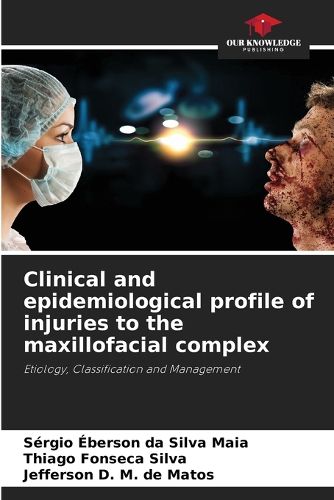Readings Newsletter
Become a Readings Member to make your shopping experience even easier.
Sign in or sign up for free!
You’re not far away from qualifying for FREE standard shipping within Australia
You’ve qualified for FREE standard shipping within Australia
The cart is loading…






Injuries to the maxillofacial complex are a major challenge in the daily lives of clinicians and CTBMFs. Repair and reconstruction of the soft tissues are of great importance in the care of patients with facial trauma. The soft tissues are frequently injured as a result of the forces dissipated through the bony framework of the face. The main etiological factors related to these injuries are: accidents involving land transport, interpersonal violence, accidents at work and sports-related accidents. These injuries can be associated with facial bone fractures, haemorrhages, nerve damage and damage to noble structures in the maxillofacial region. Once the more serious conditions have been stabilised, these injuries should be treated to minimise the risk of aesthetic and functional sequelae. The vast majority of injuries can be repaired using sutures, however, knowledge of facial anatomy, synthesis materials and reconstruction techniques are fundamental in the management of these injuries.
$9.00 standard shipping within Australia
FREE standard shipping within Australia for orders over $100.00
Express & International shipping calculated at checkout
Injuries to the maxillofacial complex are a major challenge in the daily lives of clinicians and CTBMFs. Repair and reconstruction of the soft tissues are of great importance in the care of patients with facial trauma. The soft tissues are frequently injured as a result of the forces dissipated through the bony framework of the face. The main etiological factors related to these injuries are: accidents involving land transport, interpersonal violence, accidents at work and sports-related accidents. These injuries can be associated with facial bone fractures, haemorrhages, nerve damage and damage to noble structures in the maxillofacial region. Once the more serious conditions have been stabilised, these injuries should be treated to minimise the risk of aesthetic and functional sequelae. The vast majority of injuries can be repaired using sutures, however, knowledge of facial anatomy, synthesis materials and reconstruction techniques are fundamental in the management of these injuries.